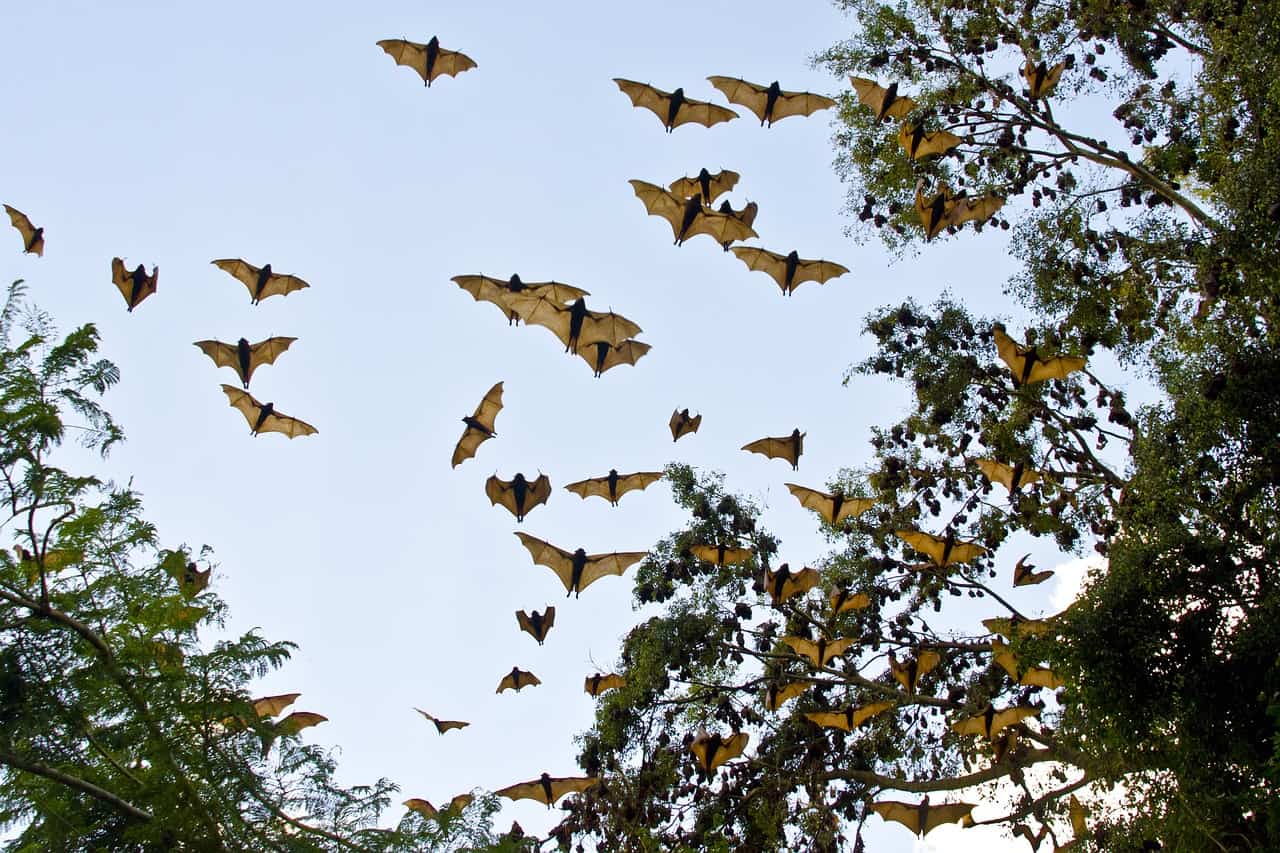Only a tenth, if that, of species on the planet have been formally described by scientists, it is widely believed.
New species are being discovered all the time, attesting to the fact that the scientific understanding of the planet still has a long way to go. Nor do newly found species belong only to the realms of tiny insects as numerous species of birds and mammals, too, are waiting to be discovered.
In fact, a large number of as yet unknown mammals “are hidden in plain sight,” according to scientists who have built a predictive model to identify these hidden species among the world’s mammals.
They have done this after analyzing millions of publicly available gene sequences from 4,310 mammal species as well as other details such as distribution, environmental factors and other data. Based on the results, the researchers postulate that only 80% of mammalian species have been formally identified.
The reason for the unrecognized animals having been overlooked by science, they say, is that they tend to be small and resemble mammals that are already known.
“Small, subtle differences in appearance are harder to notice when you’re looking at a tiny animal that weighs 10 grams than when you’re looking at something that is human-sized. You can’t tell they are different species unless you do a genetic analysis,” explains Bryan Carstens, a professor of evolution, ecology and organismal biology at Ohio State University who is the author of a new study.
“Based on our analysis, a conservative estimate would be that there are hundreds of species of mammals worldwide that have yet to be identified,” Carstens says.
It is generally assumed that only a tenth, if that, of species on the planet have been formally described by scientists and so this latest finding is in line with scientific expectations. “What we did that was new was to predict where these new species are most likely to be found,” Carstens notes.
Specifically, unidentified mammalian species are most likely to be found in the families of small animals like rodents and bats. In addition, as yet undiscovered subspecies are ikely to be found in species that occupy “wider geographic ranges with higher variability in temperature and precipitation,” especially within tropical rain forests teeming with mammalian species.
But even places like the United States are likely to hold surprises to researchers. In 2018, Carstens and fellow scientist Ariadna Morales showed that a small brown bat that is found across much of North America belongs to five different subspecies. One of these lives solely in an area of Nevada, which makes it especially important for this subspecies to receive adequate protection.
“That knowledge is important to people who are doing conservation work. We can’t protect a species if we don’t know that it exists. As soon as we name something as a species, that matters in a lot of legal and other ways,” Carstens says.
“The shocking thing is that mammals are very well described compared to beetles or ants or other types of animals,” he adds. “We know a lot more about mammals than many other animals because they tend to be larger and are more closely related to humans, which makes them more interesting to us.”
This story first appeared on Sustainability Times
© 2022 Sustainability Times.
This article is licensed under a Creative Commons Attribution-ShareAlike 4.0 SA International License.












